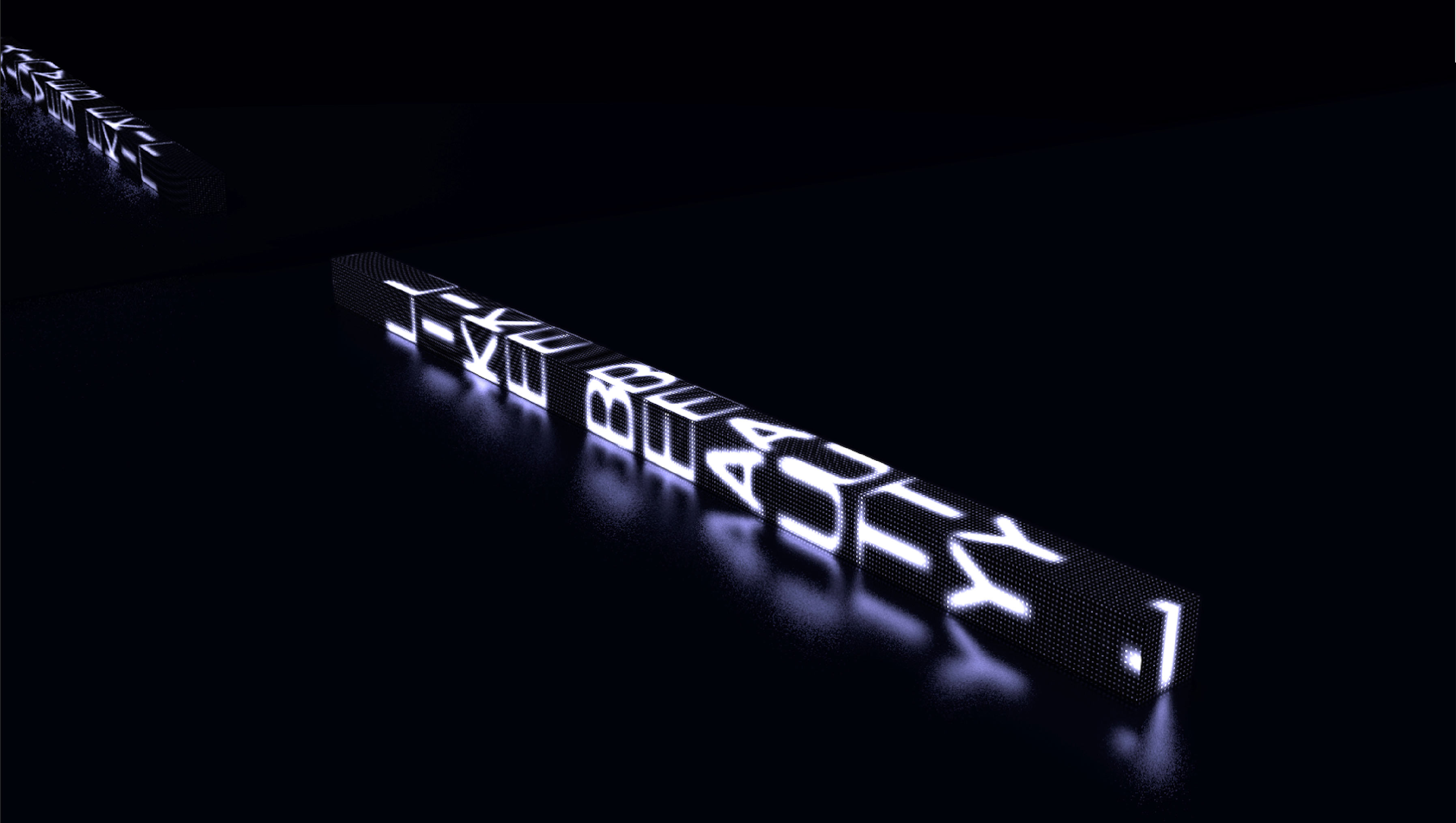
Women on Tour
Welcome to the Guggenheim Museum Bilbao!
In this tour, which you can take at your own pace, you will see a number of works from the Museum Collection or on loan created by female artists or showing women. We would like to share them with you, giving them the place they deserve in the history of art and culture

Louise Bourgeois
Exterior next to the footbridge
Enter the Museum. Once in the Atrium, go to the terrace. From there, you will be able to see Louise Bourgeois’s Maman.
Louise Bourgeois had a long, prolific career, spanning almost… seven decades! She interacted with some of the leading avant-garde movements of the 20th century, sticking to her own style—innovative, independent, and creative. Bourgeois was a multidisciplinary artist, but sculpture was her main means of expression, connecting art to space.
Over 9 meters in height, Maman is one of Bourgeois’s most ambitious works. Spiders were a subject and a motif in her work. In them, the artist paid tribute to her mother, who was a weaver. Did you know?
Spiders can be disturbing, but they can also be noble and protective. Can you tell why?
Maman, 1999
Bronze, marble, and stainless steel
927 x 891 x 1023 cm
Guggenheim Bilbao Museoa

Yoko Ono
Level 2 terrace
Yoko Ono is a key figure in contemporary creation, especially in performance and participatory art. She played a key role in the Japanese avant-garde and was a member of Fluxus, an American and European interdisciplinary community of artists who engaged in experimental art performances during the 1960s and 1970s.
Ono is also a peace activist and an advocate of feminism and human rights.
Wish Tree for Bilbao is a participatory work inviting visitors to make a wish for peace and, on certain days, hang it in the tree. The wishes are then collected and sent to Ono, to be included in her ongoing project for world peace. When the tree is not available for written prayers, you can just whisper your wish.
Come on! Make a wish!
Wish Tree for Bilbao, 1996/2014
Handwritten framed text, olive tree, soil, wooden pot, lectern, labels, and pens
Dimensions variable
Guggenheim Bilbao Museoa

Lee Krasner
Gallery 304, level 3
After years of hard work and training, Lee Krasner became a pioneer of Abstract Expressionism, the post-World War II art movement that transformed New York City into the capital of the arts.
Her work is the result of constant exploration and reinvention, from the early self-portraits and life drawings to the more exuberant, monumental works in later years. Her paintings often are explosions of light and color.
Palingenesis got its title from the Greek word for “being born again”—a fundamental and recurring concept in Krasner’s work. In her own words, “Evolution, growth, and change go on. Change is life.”
What does this work suggest? What changes in your life have contributed to your personal growth?
Palingenesis, 1971
Oil on canvas
208.3 x 340.4 cm
Pollock-Krasner Foundation, New York

Cristina Iglesias
Gallery 307, level 3
Cristina Iglesias has contributed a new concept of sculpture, experimenting with space in her poetic, symbolically-laden works and installations.
Her sculptures are meant to be “inhabited” and her spaces are designed to produce certain sensations in the viewers.
In Untitled (Alabaster Room), light generates a soft glow through the alabaster slabs, which changes the perception of the space beneath them.
As in many of Iglesias’s works, ambient light and space are key, almost immaterial features.
Untitled (Alabaster Room) [Sin título (Habitación de alabastro)]
1993
Iron and alabaster
313 x 560 x 218.5 cm
Guggenheim Bilbao Museoa

Jenny Holzer
Level 3 balcony
Jenny Holzer is one of America’s best-known conceptual artists. Resorting to language as a means of artistic expression, she inserts her art projects into the urban environment. This is where her strength as an artist lies.
Holzer has been sending messages against injustice and oppression, and about the nature of power, since the 1980s, using electronic display screens, large-scale projections, digital signs on trucks, and even cold white marble benches.
Come to the balcony and download the app for Like Beauty in Flames on your cell phone. Here Holzer uses augmented reality as her creative means. This unique work comprises three different experiences: one located in three specific points inside the Museum; another one situated in different points outside in dialogue with the architecture of the building; and a third that can be accessed anywhere in the world.
Like Beauty in Flames
2021
Augmented Reality app
Guggenheim Bilbao Museoa
